Le Grand Théâtre de Beirut or Beirut’s Grand Theater is one of the last remaining relics of pre-war Beirut. This landmark building was built in the late 1930s and was a venue for performances of all kinds from the Middle East and Europe. The theater is widely considered as a cultural icon and is of great historical significance to the city of Beirut.
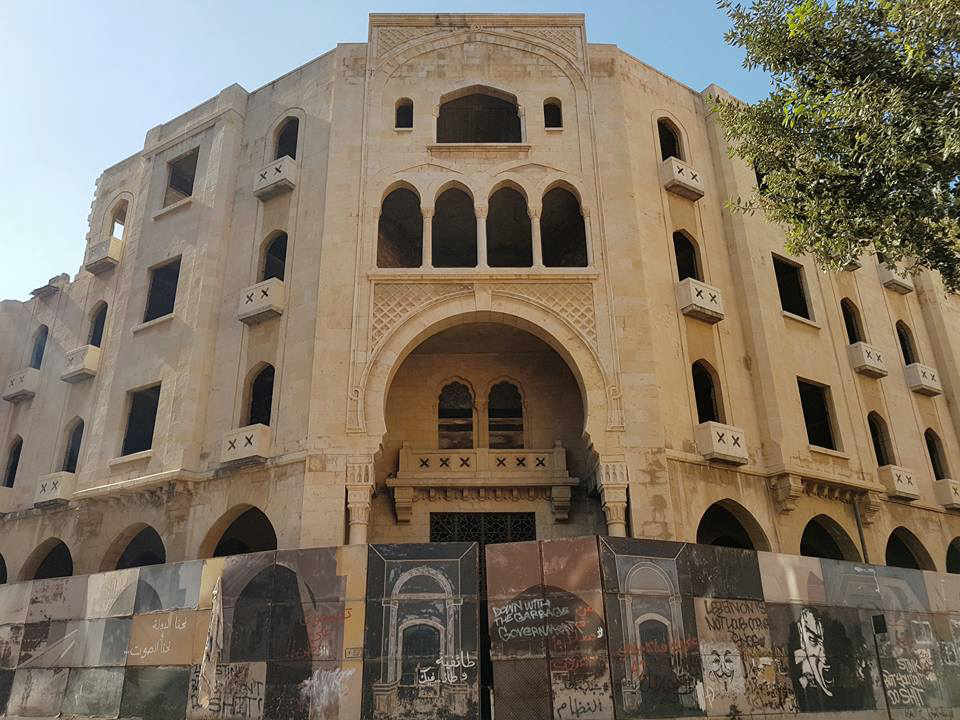
Unfortunately, the Grand Theater has been abandoned since the end of the civil war. Solidere had fenced off the theater building since the early 1990s and has been delaying plans for years to revive both the theater and the adjacent building in the form of a hotel and ballroom. The only change done was to the main facades that were restored and the footings strengthened.
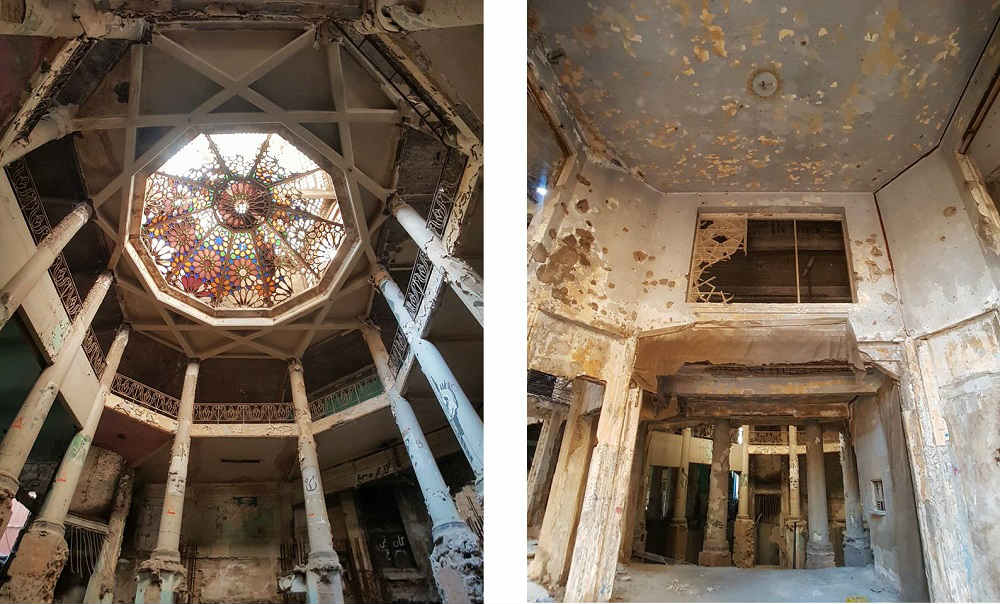
Here’s what I found in a Solidere [document] dating back from 2009:
Grand Theatre is a building of historical significance to the city of Beirut. Built in the 1930s, it consisted of a hotel and apartments in addition to the theater itself. The auditorium was a venue for performances of all kinds. Today, after several decades of neglect, it is proposed to revive both the theater and the adjacent building in the form of a hotel and ballroom, under the direction of Solidere.
The Company has given up the idea of restoring Le Grand Theatre des Mille et Une Nuits into a significant modern-day theater. THis would not be possible without the practical demolition of the building and its reconstruction. Besides, site constraints would make it difficult to achieve a world-class performance stage. However, Solidere was concerned about preserving and honoring the memory of the Grand Theatre. The main facades were restored, with strenghtening works to the footings.
The original concept design by Architecture studio [France] which obtained approval from the HIgher Council for Ubranism in April 2005, offered four floors and five basements, a boutique hotel enjoying a roof swimming pool, restaurants and bars offering artistic performances and shops at street level below the arcades.
In Spring 2009, Solidere envisaged a change in program for the Grand Theatre. Talks with a number of international boutique hotel operators led to the selection of Fuenso [Spain] to operate a Solidere brand luxury boutique hotel.
A limited design competition was launched in two stages, in May and August 2009, among for international architecture firms, Rogers Stirk Harbour + Partners [UK], Anouska Hempel Design [UK], Moatti et Riviere [France] and Architecture Studio [France]. As per the Master plan, a maximum BUA of 11,800 sq m was allowed, with a maximum height of 24 m [ground with mezzanine pls four upper floors].
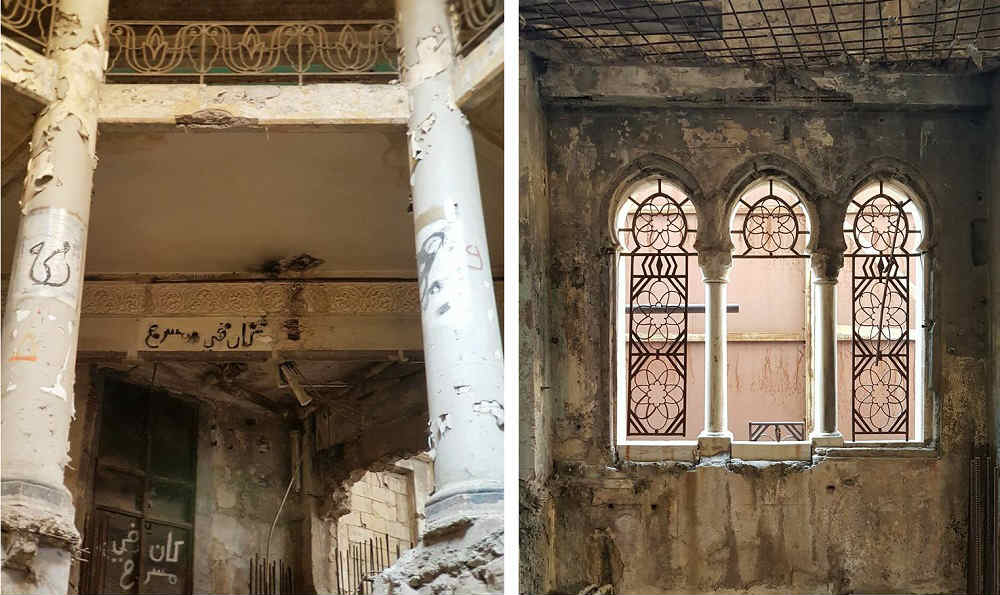
And here’s a more recent update on Solidere’s website:
To honor the Grand Theater’s memory, and after years of studies to determine its best use, Solidere proposed to restore the old structure in its original design as a boutique hotel with the theater as its central piece.
The new proposal promises to become a spectacular destination, with the original charm and drama of the theater preserved.
Main façades have been restored and footings strengthened. The overall massing offers an interesting contrast with the historic core streetwall alignments, and addresses modern neighbors in Ghalghoul.The concept aims to unite varying aspects and scales of urban development through a combination of faithful reconstruction and bold modern intervention that respect the existing structures. A series of pods with cantilevered structures support modern extensions over-sailing the existing building and accommodate suites and roof gardens. This approach creates drama in the form of large overhanging structures, which provide shading to the gardens below. The gaps between the modern interventions offer pleasant perspectives from within and allow natural light to penetrate the rooms. The historic arcaded street frontage will be occupied by retail units, with the intention of animating and populating the site perimeter at its interface with the historic core.
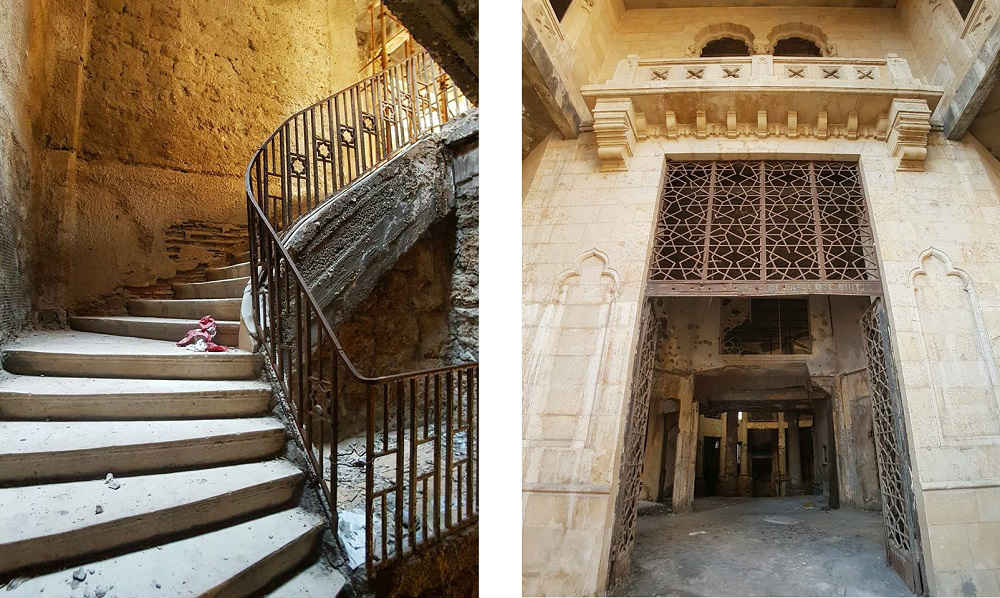
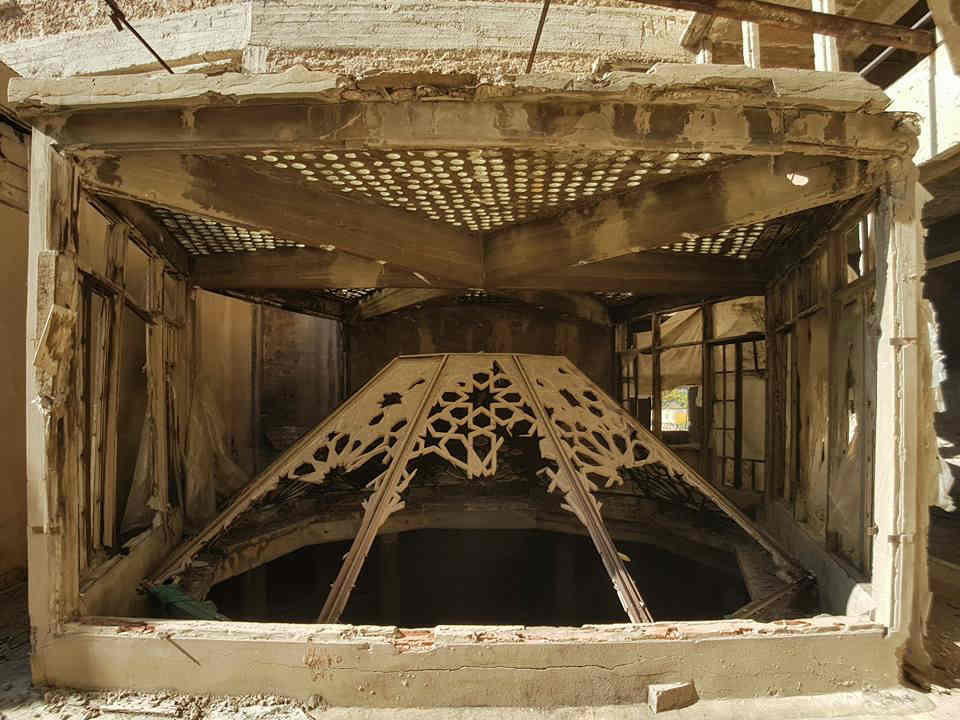
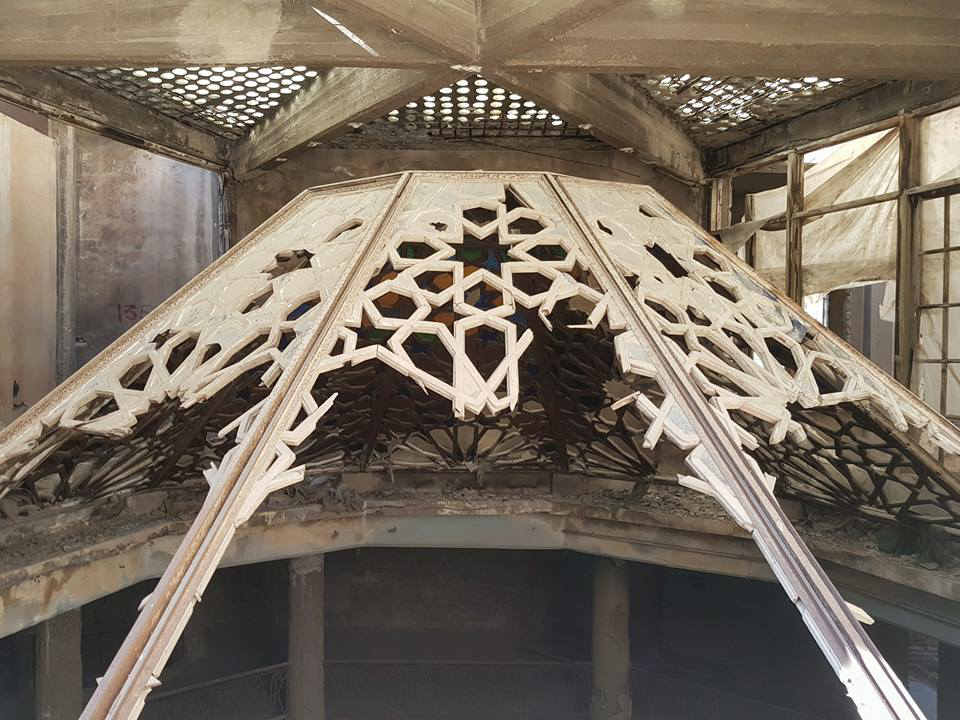
There’s also a breath-taking documentary about Beirut’s Grand Theatre that was prepared by Omar Naim and that earned him a Best Picture nomination at the 1999 Student Academy Awards. “A Tale of Beirut” examines the Lebanese civil war through the microcosm of the Grand Theater, a historic structure which found itself on the green line between East and West Beirut.
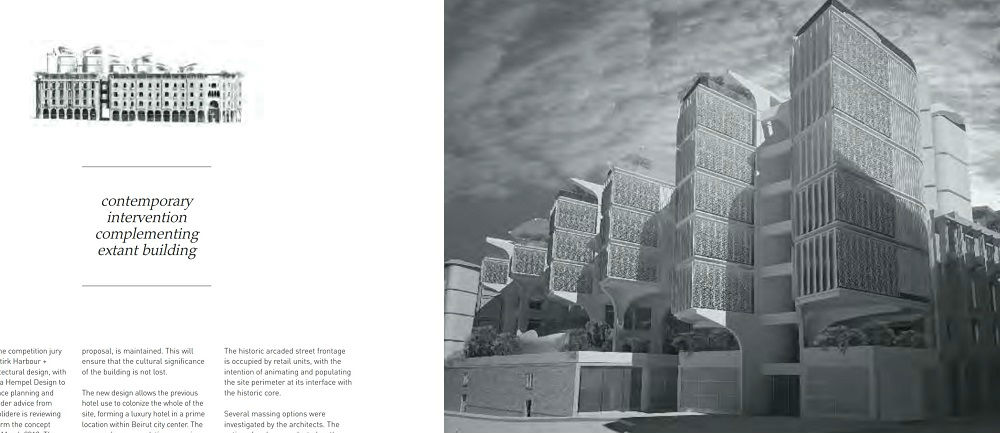 Grand Theatre Proposed Design – Solidere
Grand Theatre Proposed Design – Solidere
Check out my [Instagram] for more pictures.


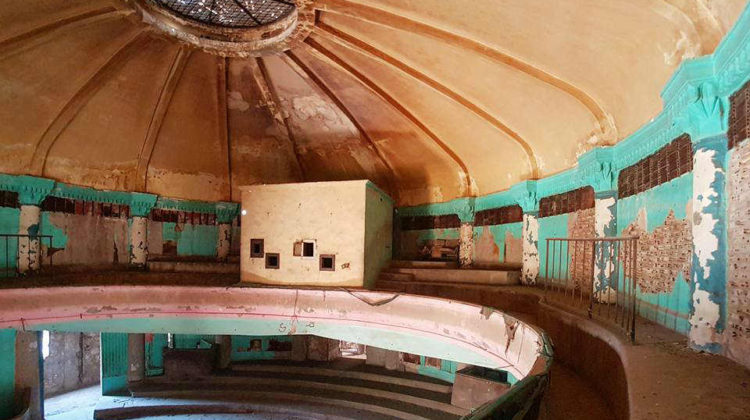








[vivafbcomment]